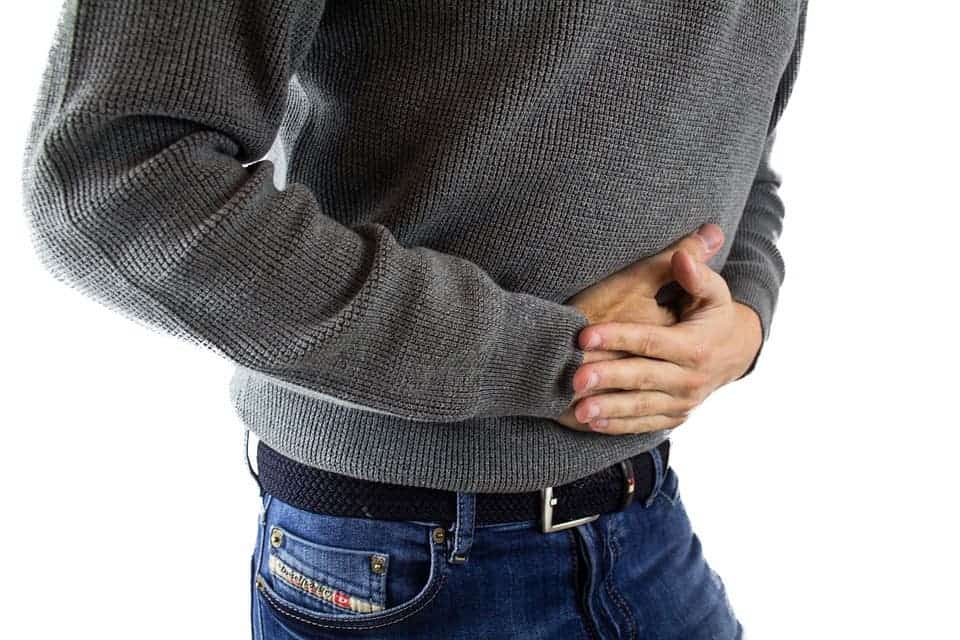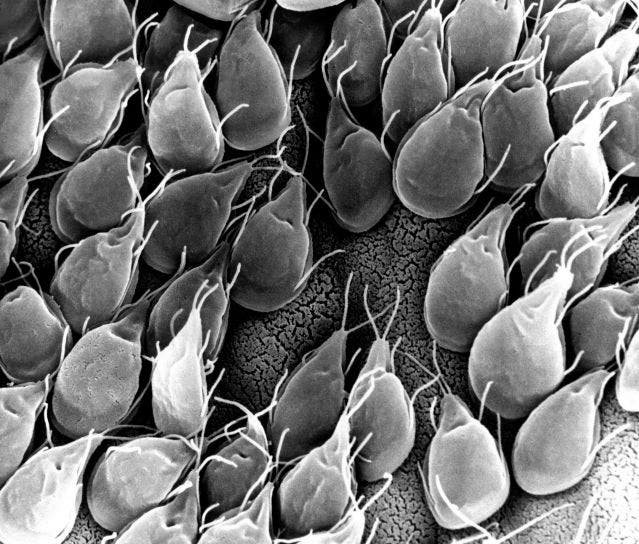
If you’re not careful and ingest contaminated water or food, chances are pretty good you might end up getting giardiasis. You’ll immediately know you’re hit once severe, uncontrollable diarrhea sets in. Other symptoms include extreme fatigue, bloating, and stomach pain, which can last for weeks, even months if left untreated. Sometimes, however, there are no symptoms, making it a strange infection. Oddly enough, although scientists have been aware of the parasite for hundreds of years, it was never exactly clear how it infects its hosts. Now, British researchers have finally caught up with Giardia‘s tricks.
Tiny trojan horses
Researchers at the Norwich Medical School at the University of East Anglia (UEA) report that the waterborne parasite makes people ill by mimicking human cell functions to break open cells in the gut and feed inside. The clever micro-spies disguise themselves by releasing signaling proteins that look and behave just like genuine human cells. Once the cells are persuaded to open themselves up, a gruesome feeding frenzy ensues.
Kevin Tyler and colleagues analyzed several Giardia samples with a mass spectrometer which revealed the parasites’ protein composition. They identified 1,600 proteins, among them two families of proteins that are known to possess the necessary molecular machinery needed to cut through the protective mucus in the human gut. One such family is comprised of proteases, which are proteins specifically designed to help the human gut digest other proteins. When interacting with a cell, they’ll eat through the cell lining and cause damage.

The second family of proteins mimicked human proteins which biologists call tenascins. These proteins regulate cell adhesion and will break apart in certain cases, such as during wound healing. Tenascins can be likened to a sort of cellular glue that keeps everything together to form tissue. However, the Giardia tenascin-look-alikes instead prevent healing between the junctions that hold cells together. And in combination with proteases, Giardia’s version of tenascin can wreck havoc in the gut.
“Because the giardia have broken down the cell barriers and made all these nutrients available, other, opportunistic bacteria can move in to take advantage of these ‘ready meals’ which can make giardiasis even more severe for some,” Tyler said.
Giardia infects about half a million people yearly, the vast majority of cases occurring in developing countries, particularly where sanitation is poor. If you like to travel, you might have been unfortunate enough to meet the parasite since it causes one of the most common gastric diseases caught by backpackers.
Although giardiasis can be pretty hardcore, severely upsetting the stomach, half of all cases are asymptomatic. Tyler says that the difference in symptoms can be put down to the specific balance of ‘good’ and ‘bad’ bacteria which reside in the human gut. Simply put, those with the upset stomachs have more of the ‘bad’ kind of bacteria — the pro-inflammatory bacteria — that feed on the nutrients released by the Giardia. This also explains why giardiasis is treatable with probiotics.
The UEA researchers hope that their research might lead to better, more effective treatments. They also have a hunch that other parasites that seem to operate in a similar manner might be using the same molecular tricks.
Findings appeared in the journal GigaScience.


